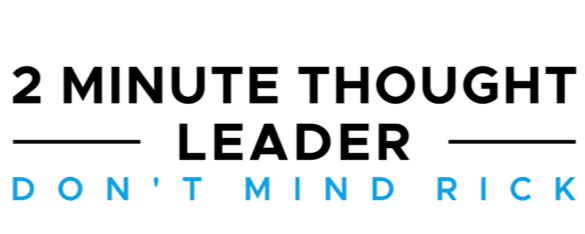The Two-Question Test That Transforms Your Team's Work

Before starting your next big project, pause for a moment and ask your team two simple but profound questions:
- How would we know if we are wrong?
- What will we do if we are wrong?
These questions may seem small, but they hold the power to shift your team from simply validating decisions already made to genuinely exploring what’s possible. The difference between research and validation is subtle, but crucial: research opens doors to learning, while validation locks them shut.
Spotting the Validation Trap
Validation often masquerades as research. You’ve already built the feature, and now you run a test to confirm its success. But here’s the catch: when your work is tied to a feature roadmap, the answers to those two critical questions become predictable:
- How would we know if we are wrong? “We can’t.”
- What will we do if we are wrong? “Nothing.”
In this scenario, your research isn’t about learning; it’s about justifying what’s already been done. You’ve designed the process in such a way that the only acceptable outcome is “we’re on the right track,” regardless of what the data actually says.
A Mindset Shift to Learning
To break free from this cycle, use these questions as a litmus test before committing resources. Ask them at the earliest stages of planning, when you still have the flexibility to act on what you learn. This approach encourages your team to:
- Design research to challenge assumptions.Frame your work around what you want to learn, not what you want to confirm.
- Make room for course corrections.If the data suggests a different path, be ready to pivot. It’s better to adapt early than to cling to a costly misstep.
- Focus on outcomes, not outputs.Shifting the conversation from “what we delivered” to “what we discovered” can change how success is measured.
What This Changes for Your Team
When you approach work with a learning mindset, your team will discover more than just whether a feature “works.” You’ll gain insights into what your customers truly need, how they behave, and where your assumptions fall short. And when you’re willing to act on those insights, you build a product that’s not only functional but genuinely valuable.
